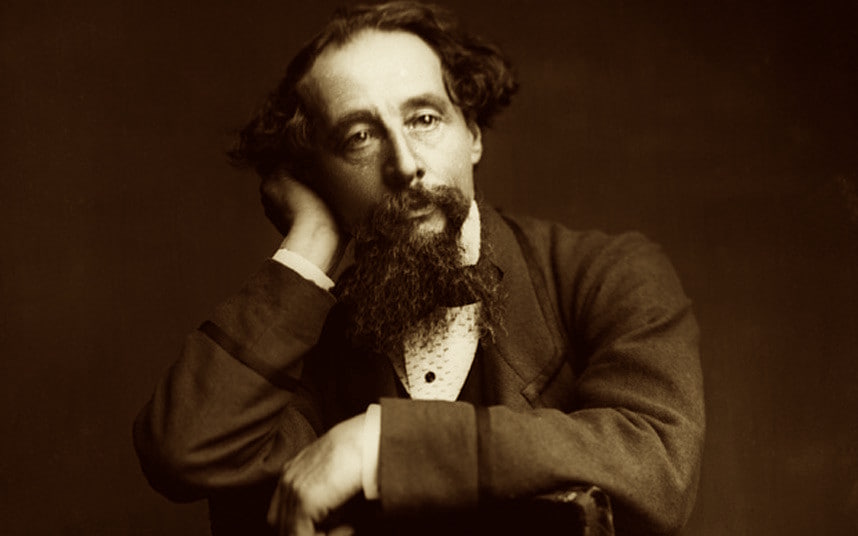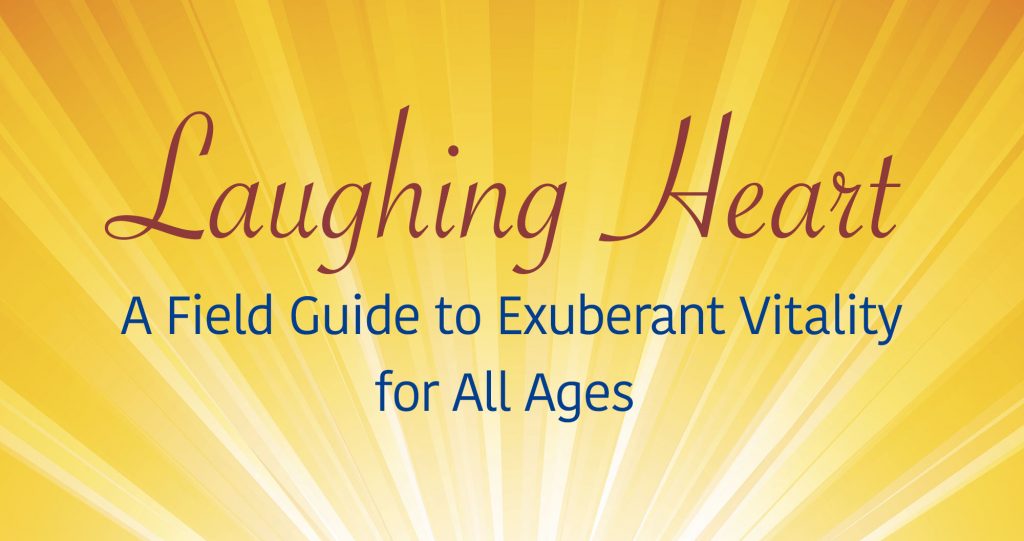Introduction
I am writing this Guide for every person who believes that life can be an open and expanding path, rather than a narrow and declining one. I have discovered that one of the keys to a life of quality and depth is exuberant vitality, because vitality enables us to say ‘yes’ to life, irrespective of circumstances or the flow of time and entropy. But this requires a bit of a shift in how we perceive the world.
As many of the travails of aging are associated with the brain, naturally many western scientists and the public media have focused on the brain, which has given birth to the new and exciting field of neuroscience. There is an underlying logic: the problem of aging is in the brain; therefore our brains will find a solution. It is a medical conclusion based on an epistemological metaphor fundamental to western science: we solve problems with the head.
Yet neuroscience, notwithstanding its marvelous discoveries, tells only part of the story. It fails to account for the whole picture. There is another neglected actor at least as important. It is the Heart.
Honoring the Physical Heart
Most people, including many physicians, view the heart primarily as a tradesman—a mechanical pump. It is an outdated metaphor with historical roots in the steam engine. But what an engine! Are you aware that:
- “The heart beats one hundred thousand times a day, 40 million times per year, and some 3 billion times in the seventy to eighty years of a human life.”? (Source and quotes from Stephen Harrod Buhner, The Secret Teachings of Plants )
There is much more:
- “The electromagnetic field produced by the heart is some five thousand times more powerful than that created by the brain.”
- “Between 15%-25% of the cells in the heart are neural cells.”..“The heart possesses its own nervous system, and in essence is a specialized brain that processes special types of information. … not only are these cells involved in the physical functioning of the heart, they also direct connections to a number of areas of the brain, and produce an unmediated exchange of information with the brain. (Unmediated means there are no interrupts in the circuit from the heart to the brain.)”
- “The heart has its own memory. People who receive transplanted hearts often take on behaviors common to the person to whom the heart originally belonged.”
- “Hormones produced by the heart have broad physiological impacts, affecting the heart, brain, and the body.” At least one such hormone —an atrial natriuretic peptide (ANP)–provides powerful protection against pancreatic cancer.
- The vagus nerve, a bridge between brain and heart, may hold a clue to the physical experience of happiness.(1)
- “The heart is not only concerned with the interior world, its electromagnetic fields allow it to touch the dynamic, electromagnetic fields produced by other living organisms and to exchange energy.”
In short, the physical heart, including its electromagnetic fields, hormones, and associated blood supplies, is a living, integrative, cognitive, perceptive, and communicating intelligence.
These and other wonders of heart/brain interaction are currently being explored in the new and exciting scientific frontier of neurocardiology. (2)
The potentialities of the “heart” run far deeper than are currently being probed by western science. In fact, the heart is also a primary systems integrator.
The Heart as a Primary Systems Integrator
The heart’s unique capabilities have been recognized since ancient times in diverse cultures. It is entertaining to note that Egyptian embalmers preserved the heart but tossed the brain, which they assumed to be useless in the journey to the next world.(3)
The centrality of heart is well recognized in Asian cultures and the traditions of most indigenous peoples. In China,for example, the word xin (often translated as “heart”) is viewed as the “the root of physical and mental life, the seat of all emotions, embodying the inherent goodness of human nature and wisdom.”(4)
How to depict the integrating potentiality of heart? Diagram # 1 depicts the six dimensions of Big Heart. But what is Big Heart integrating? Here we must step outside western science into the world of “subtle” energy or in Chinese language and culture, qi (“ki”in Japanese).

Laughing Heart, Subtle Energies, and Love
Basics
What is qi? Qi is written in Chinese as 氣 which combines the image of air or rising steam 气 with that for rice, 米. Hence, qi suggests cooking and nourishment from rice, the staple of life in Asian societies.
Qi and love, especially unconditional love, are closely tied. In Chinese cosmology love is the primordial energy source which gives birth to qi. In Laughing Heart practice both qi and love are viewed as special forms of subtle energy.
Qigong is a disciplined energy practice that cultivates the power of qi for healing, vitality, and martial arts, among other practical applications. Laughing Heart borrows heart-centered qigong practices and applies them in a new way.
Elaborations
In this Guide heart is understood as the “governor” of the mind and qi. When our heart is quiet, relaxed, and peaceful, the mind is stable and balanced. Our heart opens naturally and we receive external qi, which blends with our body’s internal qi. The qi in turn influences the flow of blood. When the qi is clean and pure and blood flow is unimpeded, the qi’s vitalizing properties are optimized.
All living creatures possess physical and energy bodies.(5) The energy body is not fantastical. We can experience it directly as light, kinesthetically, or in other forms. The energy body can be cultivated and refined by practice. It is continuously transforming. It can be extended by intention; it contracts in times of stress. It is highly sensitive and particularly susceptible to imagery and sound.
The heart is both a transmitter and receiver of qi and love. Drawing a parallel with electronics, it can function both as a “step down” and “step up” transformer. Qigong masters maintain the Universe contains an infinite reservoir of qi, which moves freely through obstacles and barriers. When we enter a quiet and open Laughing Heart state, it is easy to send out and receive qi and love.
Imagination exerts a powerful influence over the heart, the flow of qi and love, and the energy body. Many qigong masters describe their forms in evocative images of nature—“return to spring”, “showers of apricot blossoms”, “love descends on me”, “dragon flying over the mountains.” The forms invoke the essential qualities of animals—monkey, bear, deer, snake, and tiger. Each of these animals is also associated with a special sound that connects qi energy to the main internal organs of the body.
There is a direct relationship between the cultivation of qi and the creative process. When the qi is unimpeded, it helps the heart and mind transcend conventional silos of thought and experience, and guides the explorer to the “intertidal zones”—the intersections of established domains of knowledge where we can discover wellsprings of creativity, invention, and innovation.
The cultivation of heart immediately enhances personal freedom. Many of our worries and travails have a strong cognitive component. The shackles we wear are largely in our heads; our prison walls are mainly our own creation. By learning to open the heart, the shackles fall away and the walls disappear, like stories written in water.
Measuring Qi
There is no established standard technology or methodology today to measure qi accurately. There is a considerable body of research on the subject but it is inconclusive from the perspective of western science. There are some interesting parallels between the measurement of “entanglement” in quantum physics, the design of quantum computers, and the integrative power of heart and qi. Someday we may have extremely sensitive “super quantum” devices to measure subtle magnetic fields. The commercial availability of these and other instruments is probably a decade away.(6)
Organization of the Guide–Practical Applications
In the meantime, we can play. The Intelligent Guide is designed to enable you to experience, explore, and apply Laughing Heart, anywhere anytime. To enhance your enjoyment we have designed the Guide to be intelligent, interactive, and adaptive. It learns beside you, continuously supporting your interests and preferences. Each of the 10 Moves is a channel for breaking good news, connecting your discoveries to the larger currents of the world.
Our journey toward enhanced vitality begins with perception. 21st century humans have come to rely so much on sight we take its dominance as a given. But several centuries ago people sensed the world very differently (7). What if we can experience life in a new way through all our senses, individually or simultaneously, without filters or biases? One of the keys is Quieting the Heart.





